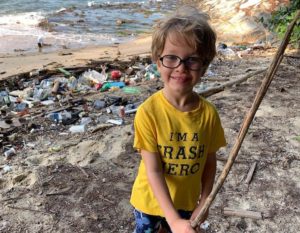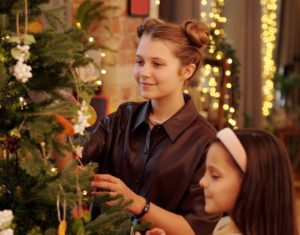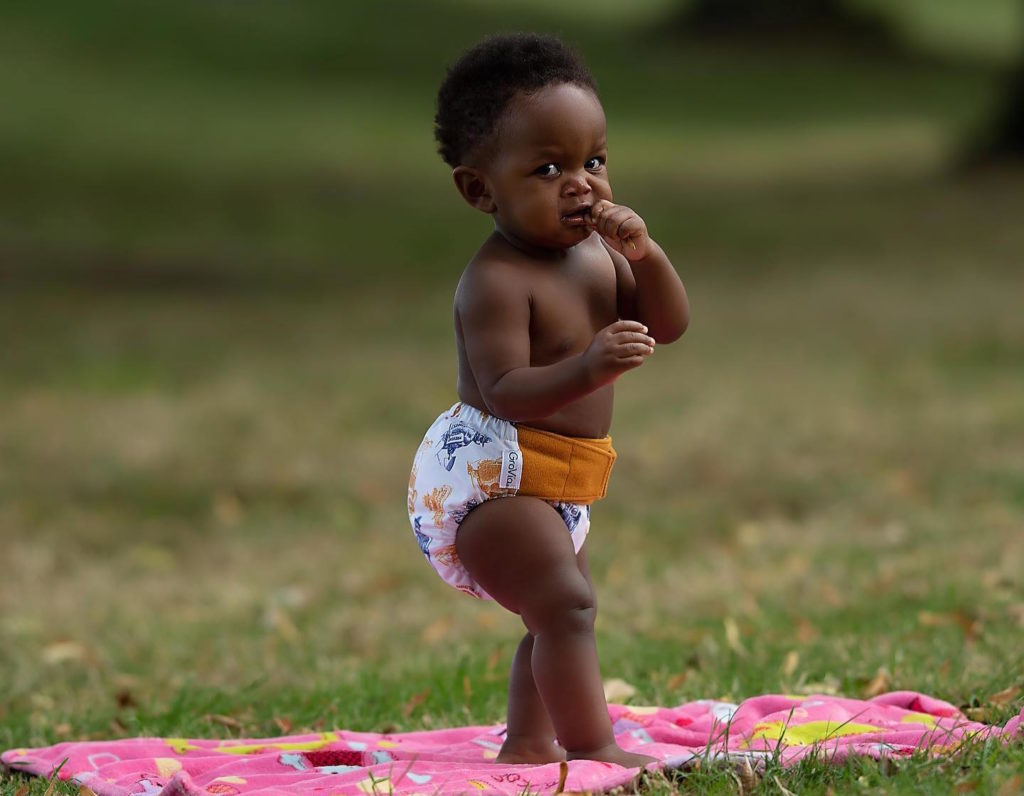
 Post Category - Green LivingGreen Living
Post Category - Green LivingGreen LivingAlways wanted to know more about cloth diapers in Singapore? Cloth diapering is easier than you think! Keep reading our guide for washing tips and useful resources
Do you remember when the panic-buying pandemic swept the globe just as quickly as Covid-19 was spreading? Supermarket shelves were being wiped out and that unfortunately included baby essentials like formula and diapers! Plus aren’t we all too familiar with the last-minute supermarket rush for diapers, or desperately hoping for next-day delivery for them online?
I’ve been there, but sorry… now I can’t relate! Since starting on cloth diapers for my baby, I only have to buy disposables once every two months, purely for nighttime use (more on that later). During the day, we’re using cloth diapers, saving money and tons of disposables from piling up in the trash.

I got interested in cloth diapering after reading about the economical and environmental benefits. I just couldn’t see myself spending so much money on disposable diapers (this article estimates up to $1,000 a year per child) when I found out that there is a more valuable alternative that’s also eco-friendly. To date, I’ve spent just under $300 for my baby’s cloth diaper stash. Compare that to spending some $20-$30 per packet of diapers every 2 weeks!
Cloth diapers may require a bigger up-front investment, but once you have a decent collection, they’ll last your kiddo till they’re potty trained. You can then keep them for your next baby (so that’s one set of diapers for multiple kids!), or bless them to another mama who’s keen on cloth diapering. You’ll be contributing significantly less waste if you think about the number of diapers one child goes through each day! Cloth diapered kiddos are also less likely to develop diaper rash since a lot of cloth diaper interiors are made of natural fibres like cotton, hemp and bamboo, as opposed to chemical-laden disposable diapers which may irritate sensitive skin.
Before I started, I spent months looking up all things cloth diapering – I had so many questions! Are they expensive? What do you do with the poo and pee? How do you wash them? Is it hard? There’s no clear-cut answer because there’s just so much info out there, and so many cloth diaper methods. Keep scrolling or click on the links below to jump to each section!
Cloth Diaper Terms to Know
How I Started Cloth Diapering
Cloth Diapering Routine (+ What Do You Do With the Poop?!)
Washing Routine
Tips
Resources (Support Groups & Where to Buy)
Terms to Know
Entering the world of CD can be very confusing with all sorts of lingo being thrown around, so let’s start with the most common cloth diapering terms you’ll come across.
Types of Cloth Diapers

Inserts
Inserts are absorbent pieces that go in a diaper to soak urine up. These usually come in microfibre, hemp and bamboo materials. They are typically included when you buy a pocket diaper, but can also be bought separately. There are also slimmer yet more absorbent versions called boosters or doublers, usually layered on top of inserts to ‘boost’ absorbency.
Pockets
These are the most common type of cloth diaper you’ll find in Singapore and on sites like Lazada and AliExpress. They’re waterproof on the outside with a soft layer of fabric on the inside, and an opening in the back of the diaper for you to stuff inserts in for absorbency. Once soiled, they will have to be replaced with a clean diaper, just like with disposables. Since they’re so easily accessible, pocket diapers are also reasonably priced at about $15 – $30 per diaper.

Fitteds
Fitteds have a typical diaper shape and are made to be very absorbent, so they can even last a few hours and remain dry without a cover. They will need to be paired with a waterproof diaper cover if you want to prevent any accidents. Because of their great workmanship and function, fitteds tend to cost more (about $20 – $50 per diaper).
Flats
Flats are large muslin or jersey cloths that can be folded into a diaper shape – they are just like the ones our grandmas used before the convenience of disposable diapers. Flats are the most economical option as they’re usually sold in affordable bundles and can easily be found in babies’ and kids’ stores like Mothercare and Kiddie Palace. There are also more high quality flats made of bamboo or jersey, which will naturally cost more.
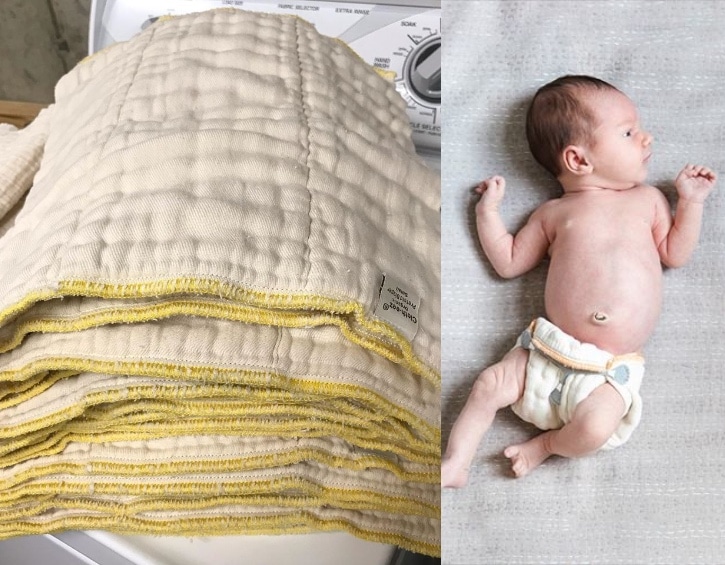
Prefolds
Prefolds are made up of multiple layers of cotton, hemp or bamboo sewn together for more absorbency. They are to be used with a waterproof diaper cover.
All-in-ones (AIOs)
AIOs are diapers that work just like disposables. They usually have multiple layers for absorbency, and may even have open slits in each layer for the option of adding more inserts to increase absorbency. Once the diaper is soaked, you’ll have to take it off your baby and replace it with a clean diaper. Just like a disposable! Because of their convenience, AIOs are also high up in the price range, costing about $30 – $60 per diaper.
All-in-twos (AI2s) aka Hybrids
AI2s are diapers with soakers that snap into the diaper. So at the next diaper change, the soaker can just be unsnapped and replaced with a clean, dry one while the outer cover remains the same (as long as it’s still dry). They can cost around $25 – $40.

Covers
Covers typically refer to waterproof PUL diapers that do not have their own absorbent layers. The easiest way to describe them: fabric on the outside, waxy on the inside. They will have to be paired with inserts, flats or fitteds to soak up pee/catch poo, which can then be changed out and replaced with clean ones while the cover remains the same (again, as long as it’s still dry). One cover can cost around $10 – $20.
Commonly Used Cloth Diaper Terms

Snappis
These are little T-shaped closures that help to hold flats, fitteds and prefolds together on your baby. They’re a quicker (and safer) alternative to diaper pins.
Liners
Liners are thin sheets that go over the diaper, against your baby’s bum to catch stools for easier disposal.
System
This refers to the method of cloth diapering. The most common systems are:
- AIOs
- AI2s
- inserts + pockets
- flats/fitteds/prefolds + cover
One Size Fits Most (OSFM)
Sometimes abbreviated to just ‘one size’, OSFM diapers are adjustable and will usually fit babies from 3kg to 15kg.
How I Started Cloth Diapering
While conducting my research, I narrowed down the cloth diaper system that resonated best with me – flats + covers, and AI2s – and looked further into what I needed for that system.
I collected my baby’s cloth diaper stash slowly by purchasing in small batches. I joined the Cloth Diapering Singapore Facebook group and kept my eyes peeled for fellow mamas who were selling their brand new, or washed but unused, cloth diapers. I also trawled through Carousell a lot because there was always someone selling their diapers off! This means I spent a lot less than I would if I bought directly from websites in the US or Australia, where the cloth diaper ranges are larger. Our cloth diaper stash is now a mixture of known cloth diaper brands from the US, some ‘China cheapies’ and brandless diapers gifted to us by friends and family.
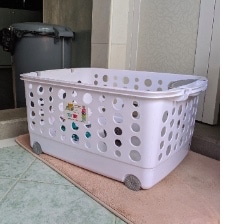
Before starting on our first day of cloth diapering, we went out and bought a dry pail from our neighbourhood hardware store. This is basically a basket with lots of ventilation which you’d use as a soiled diaper rack while the diapers are in between washes. Because of the air flow, there’s barely any smell! The best place to put the dry pail would be near your washing machine, which should be in a far corner of the house anyway, so you wouldn’t experience any nasty smells.
Cloth Diaper Routine
- Put diaper on
- Change diaper every 2-3 hours
- Daytime wee-only diapers go straight to the dry pail
- Poo diapers will need to have the poo removed first with a handheld bidet or shower head, wrung, and then placed in the dry pail
Note: washing poop off is really not that bad! Newborn poop may take slightly longer to wash off since it’s usually runny, but once their stools get firmer with the introduction of solids in their diet, the poo can just be rolled off the diaper and straight into the toilet bowl to be flushed away.
Cloth Diaper Washing Routine
Now the diapers are dirty – what do you do?! For soiled diapers to be thoroughly cleaned and ready for their next use, they have to go through two washes.
Prewash
This is the first wash cycle which gets rid of most of the urine and poo from the diapers. This load will contain soiled diapers only, on the ‘quick wash’ setting on your machine with the amount of detergent corresponding to the size of your load. A prewash is recommended every 1-2 days. The washed diapers can then be set aside in the dry pail before the second wash. No hanging or drying needed.
Main wash
since the diapers are now about 90% clean after the prewash, you can do a full load of laundry with the prewashed diapers together with other items like adult clothing and small towels. Personally I wouldn’t recommend washing baby’s clothes together with diapers in case they have sensitive skin, but if your bub is fine wearing clothes washed with non-baby detergent, then you can include your baby’s clothes in this load. Detergent only, and softener is not recommended. Once washed, the diapers can be hung to dry or put in the dryer. Et voila, clean diapers! Most cloth diaper mamas would recommend washing with hot water, but because my washing machine doesn’t have that function, I’ve only used cold water so far and have not had any problems.
Top Tips for Cloth Diapering
- When deciding on the best diapering system for you, some considerations include your budget and how easily the diapers will wash and dry. I love flats for how affordable they are (I scored 7 preloved muslin cloths for just $5 on Carousell and they were in great condition!) and how easy they are to clean. Flats can take lots of abuse (prolonged periods of being soiled, washed with many different types of detergent etc) and still come out working well and looking very clean. They also dry in no time at all since they’re so thin! I also like AI2s for their ability to hold up for hours while out and about – more absorbency, less diaper changes! I’m currently loving the Grovia Hybrids.
- Brand new inserts require multiple washes before use in order to achieve optimum absorbency, so it’s especially worth buying secondhand to save you the hassle of washing. Personally I look out for washed but unused inserts when purchasing preloved.
- When buying secondhand, be sure of the diapers’ condition – ask the seller about their washing routine, how long they used the diapers for and frequency of use. If the diapers are exactly what you’re looking for but you’re not sure about the previous owner’s wash routine, you can always do a type of thorough cleaning called a Strip & Sanitise (S&S). I haven’t had to do this yet, but you can check out the Cloth Diaper Facebook group for more info.
- If you’re still unsure about which diapering system is best for you, join The Nappy Nook Facebook group and rent diapers from different systems to try them out before buying!
Handy Resources
The Singapore Cloth Diaper Facebook group is one of the best resources for all things CD, with a community of really supportive mamas and dads who are willing to answer any and all questions you may have! They sometimes hold group sharing sessions if you’d like to know more about CD in person. The admins also frequently organise group buys to purchase cloth diapers and accessories from popular cloth diaper sites in the US. Make sure to also check out the aforementioned The Nappy Nook Cloth Diaper Library Facebook group!
There are loads of Youtube videos on cloth diapering, but I particularly enjoyed watching Naturally Brittany, Jay’s Nest and Nurse Liz. Each of them share their take on cloth diapering with lots of awesome tips!
Popular websites for cloth diapers:
Singapore
Baby Slings & Carriers
Bumwear
Clothe in Love
Moo Moo Kow
Raf Raf
Overseas
Geffen Baby
Green Mountain Diapers
Lilly & Frank
Nicki’s Diapers
Just Peachy (We tried some one-size pocket diapers from this mama-owned brand and they’re fab! They’re particularly great for toddlers because they can be worn as pull-ups, and we didn’t experience any leaks thanks to the absorbent inserts.)
Smart Bottoms
Thirsties
Twinkie Tush
View this post on Instagram
So that’s my cloth diapering experience so far! I love that I don’t have to make any last-minute trips to the supermarket due to shortage of diapers, and the laundry really turned out to be quite manageable (and that’s coming from someone who doesn’t even have a dryer!). However, cloth diapering is trickier at night. Since it needs to last for up to 12 hours or more, the washing guidelines are slightly different too (requires rinsing in hot water to break down any crystallised ammonia), so I still use one disposable every night to make sure bub stays dry.
We haven’t travelled yet, but when we do, I plan on using disposables. Some mamas choose to wash their diapers while traveling if the accommodation they’re staying at has a washing machine. On the topic of infant care or preschool, there are centres in Singapore that are open to cloth diapering (you can find a comprehensive list on the Cloth Diaper Facebook group). But if your kiddo’s school doesn’t support it, you can still try cloth diapering at night or on weekends.
I also understand that I come from a privileged position to do this. I work remotely and have the opportunity to wash and bring laundry out to dry at any time of the day, while mamas and dads who are out working for most of the week may not have the chance to handle extra loads of laundry.
At the end of the day, it’s really up to you! Cloth diapering is not about choosing one or the other – if you’re really keen on trying, doing it sometimes is still better than not doing it at all. I didn’t start my baby on cloth diapers until she was over 2 months old, and I know of mamas who don’t start until their kids are almost 2 years old. It’s never too late! Plus you can’t deny how cute all those prints are…
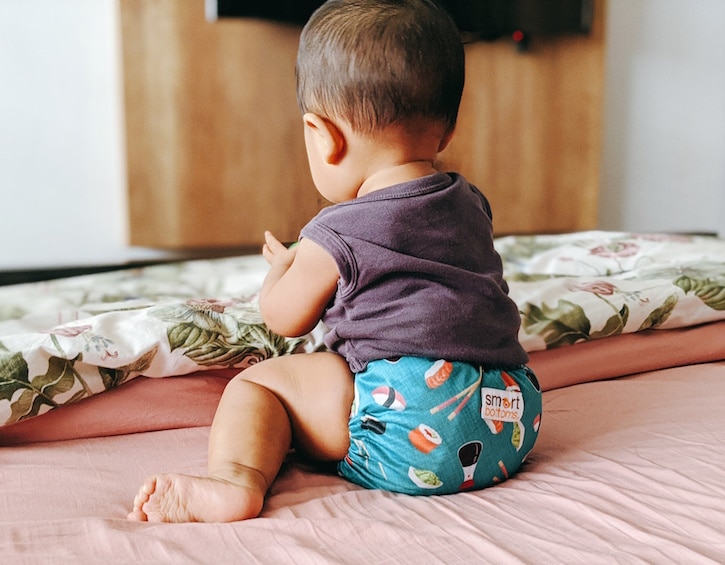
Good luck, mamas!

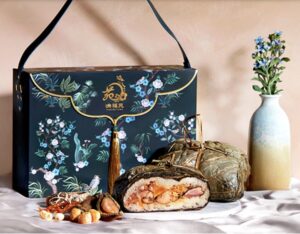
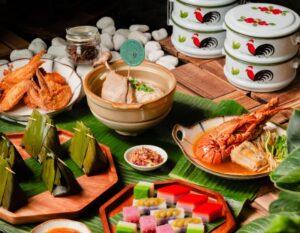
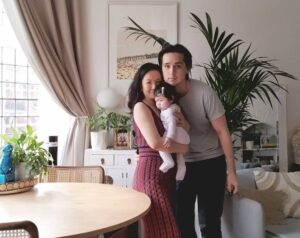
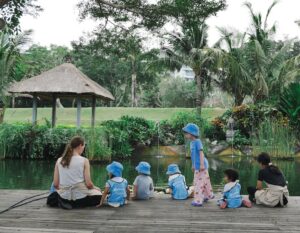

 View All
View All




 View All
View All





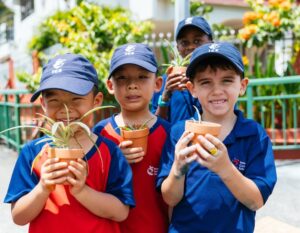

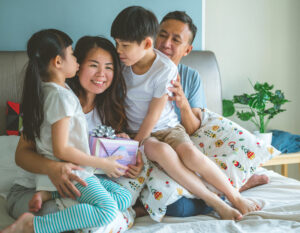

 View All
View All







